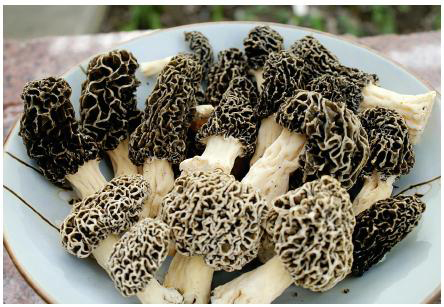

1. The shape and color of morels can vary depending on where they grow.

2. Lilac and apple blossoms tell you when the yellow morels are fruiting.
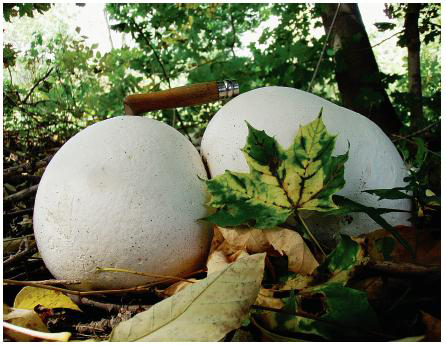
3. A pair of young giant puffballs at the perfect stage for eating

4. Shaggy manes are best eaten before they begin to mature and blacken.

5. A young sulphur shelf cluster at the perfect stage for eating
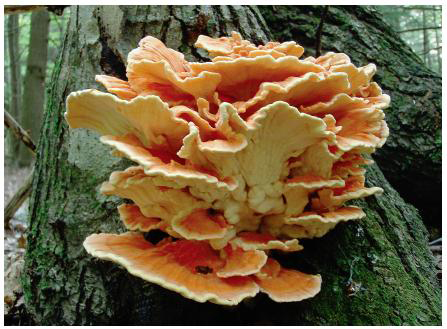
6. A mature sulphur shelf cluster on an oak tree
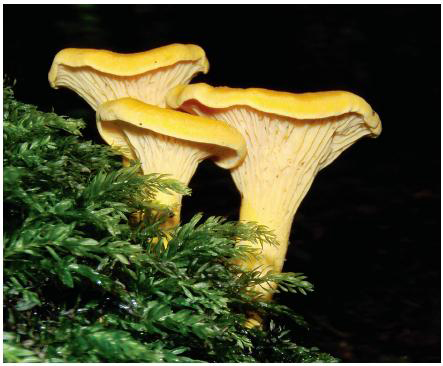
7. A cluster of chanterelles with their blunted forking gills
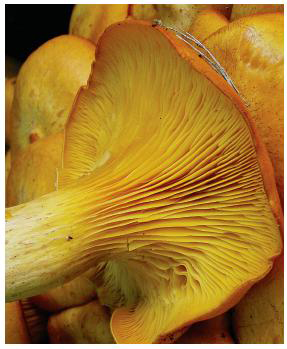
8. Compare the unbranched, knife-edged gills of the jack o’lantern with the chanterelle.
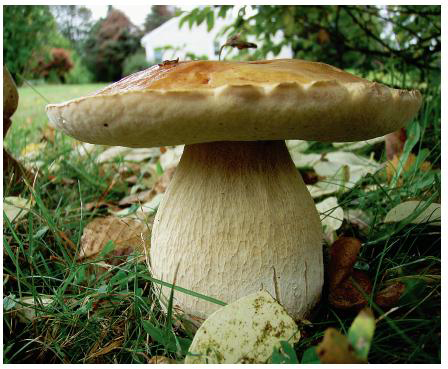
9. A stately mature Boletus edulis with a characteristic hamburger bun cap and net-veined stalk
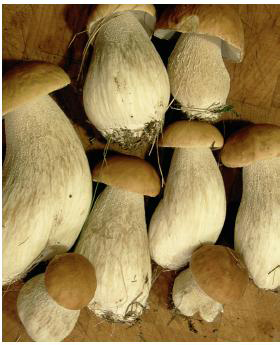
10. These young porcinis are ready for cooking.


12. The pure white destroying angel is common and deadly.

13. False morels show great variation in the shape of their caps.
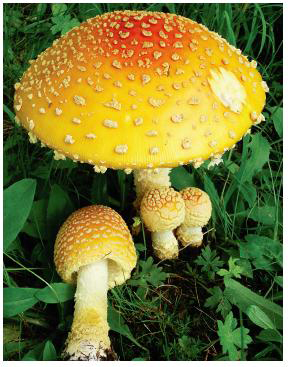
14. Don’t be fooled! The squirrel nibble on this fly agaric doesn’t mean it’s edibile.
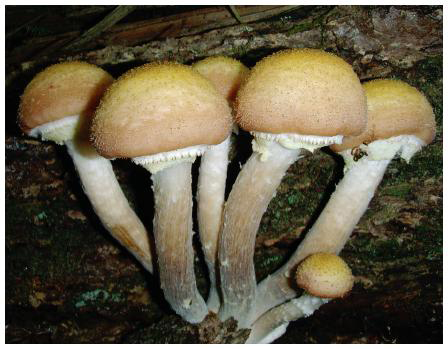
15. A cluster of prime young honey mushrooms
